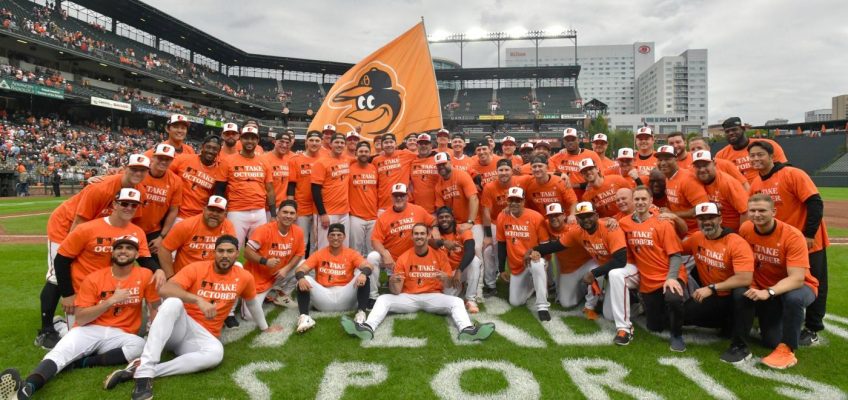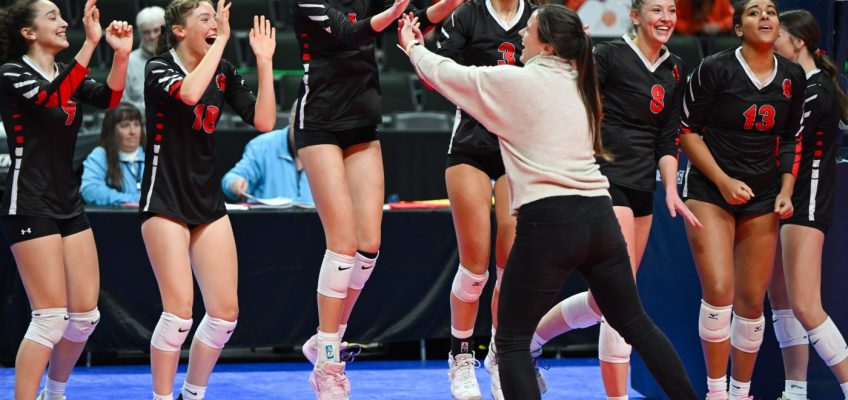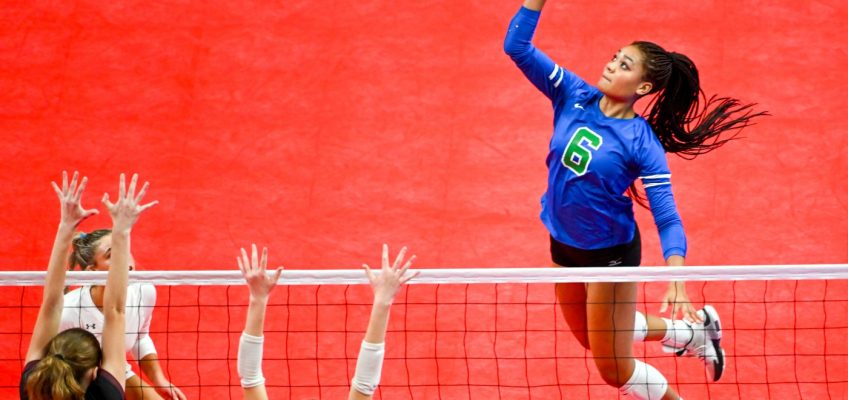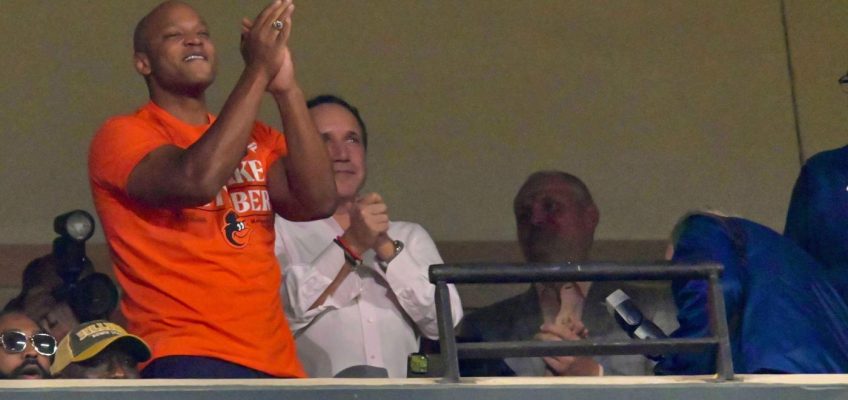The hitters who occupied the top three spots in the Orioles’ lineup more than anyone else are all Silver Slugger Award finalists.
On Thursday, catcher Adley Rutschman, infielder Gunnar Henderson and outfielder Anthony Santander were named American League finalists for an honor that recognizes the top offensive performer at each position. Henderson, who split his time at shortstop and third base, is a finalist for the utility award.
The Silver Slugger winners will be announced next Thursday during a 6 p.m. telecast on MLB Network.
In his first full major league season, Rutschman, 25, hit .277 with 20 home runs, an .809 OPS and 92 walks against 101 strikeouts. Rutschman led the other finalists, Kansas City’s Salvador Perez and Seattle’s Cal Raleigh, in hits, doubles, walks, average, on-base percentage and OPS.
The 2019 first overall draft pick is also a finalist for the AL’s Gold Glove Award for catchers. The only Orioles catcher to win a Silver Slugger was Mickey Tettleton in 1989.
Henderson got off to a slow start to his rookie year before taking off. The 22-year-old ended the year with 28 home runs, tied with Cal Ripken Jr. for the second most by an Orioles rookie, to go with a .255 average and an .814 OPS.
His fellow candidates are Los Angeles’ Brandon Drury, Tampa Bay’s Isaac Paredes and Toronto’s Whit Merrifield. Henderson ranked second among them in home runs and OPS, trailing Paredes in both metrics. The utility honor was introduced last year; an Orioles infielder was last a Silver Slugger recipient in 2013 when first baseman Chris Davis and shortstop J.J. Hardy both won.
Santander, 29, is a finalist in the outfield for the second straight season, joining Tampa Bay’s Randy Arozarena, Texas’ Adolis García, New York’s Aaron Judge, Chicago’s Luis Robert Jr., Seattle’s Julio Rodríguez and Houston’s Kyle Tucker. Three will be named winners, with no separation by specific outfield position.
Santander’s 95 RBIs led the Orioles, while his 28 home runs tied Henderson for the team lead, but he ranks outside the top three among the outfield finalists in those measures. Cedric Mullins was a Silver Slugger winner in 2021 after his 30 home runs and 30 steals season, while Mark Trumbo (2016) and Adam Jones (2013) have also won the honor as Orioles outfielders.
()




